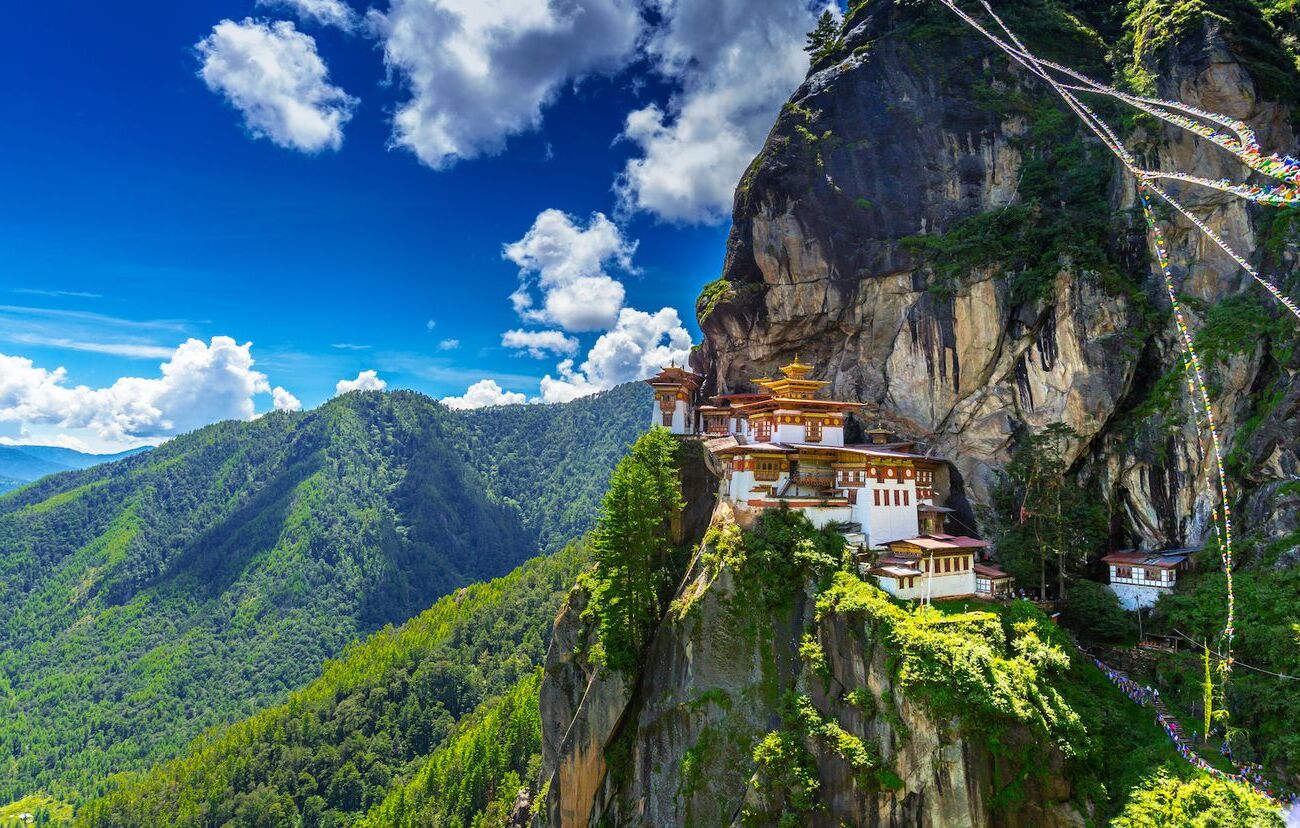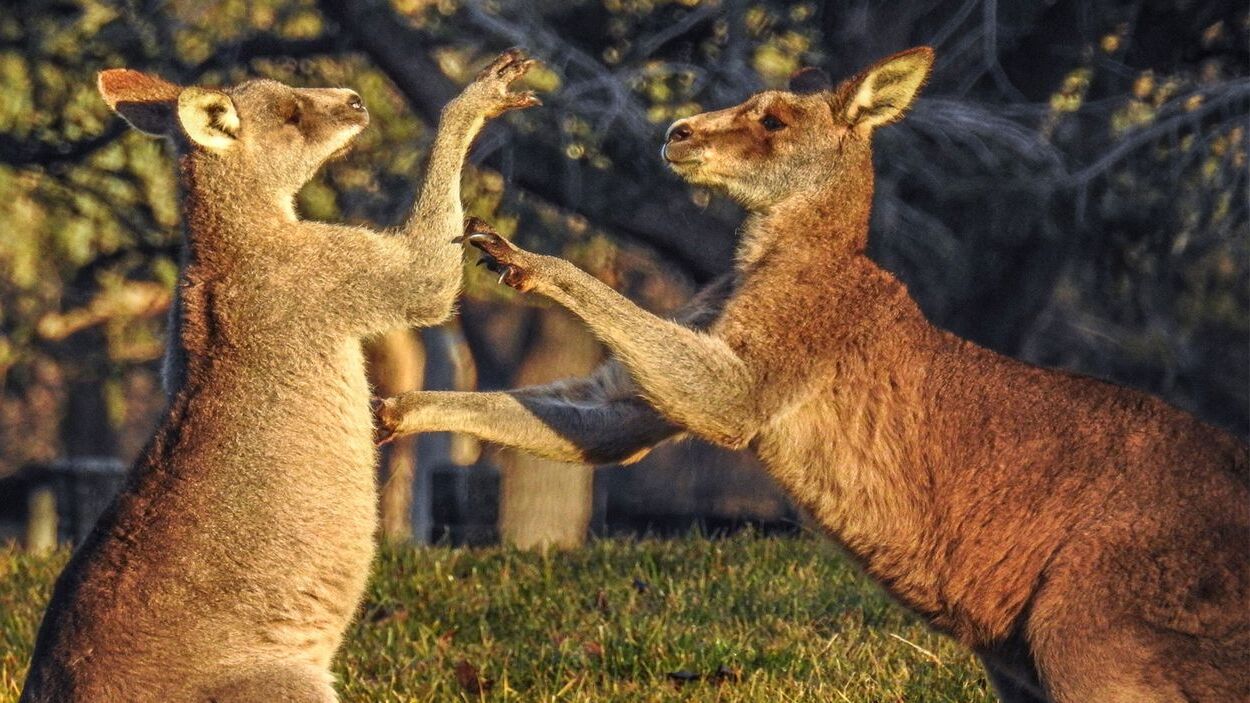
Bhutan, often called the "Land of the Thunder Dragon," is a small yet captivating country nestled in the eastern Himalayas. Bordered by India and China, this nation boasts a unique blend of ancient traditions and modern advancements. With a population of around 771,608, Bhutan is renowned for its commitment to Gross National Happiness (GNH), prioritizing the well-being of its citizens over mere economic growth. Predominantly Buddhist, Bhutan's culture is deeply intertwined with its spiritual heritage. From stunning landscapes and vibrant festivals to sustainable tourism and environmental conservation, Bhutan offers a rich tapestry of experiences that continue to intrigue and inspire visitors worldwide.
Key Takeaways:
- Bhutan, a small country between India and China, is known for its stunning mountains, diverse culture, and commitment to happiness and environmental conservation.
- With a population of around 771,608, Bhutan values its rich Buddhist heritage, traditional festivals, and sustainable tourism, making it a unique and captivating destination.
Location and Geography
Bhutan, a small yet captivating country, is nestled in the eastern Himalayas. Its diverse geography includes towering mountains, lush valleys, and dense forests.
- Bhutan is located between India and China, covering approximately 38,394 square kilometers.
- The country's landscape features a mix of mountains, valleys, and forests, offering breathtaking views.
Capital City
Thimphu, the capital city, blends traditional and modern architecture, creating a unique urban experience.
- Thimphu is the largest city in Bhutan and serves as the political and economic hub.
- The city is known for its traditional Bhutanese architecture, which coexists with modern buildings.
Population
Bhutan's population is small but diverse, with a rich cultural heritage.
- As of 2020, Bhutan's population is around 771,608 people.
- The majority of the population practices Buddhism, with a small percentage of Hindus and other religions.
Language
Dzongkha is the official language, but other languages are also spoken.
- Dzongkha belongs to the Sino-Tibetan language family.
- Many Bhutanese people also speak Nepali and English, especially in urban areas.
Government
Bhutan's government is a unique blend of monarchy and democracy.
- Bhutan is a constitutional monarchy with a parliamentary system.
- The current king, Jigme Khesar Namgyel Wangchuck, succeeded his father in 2006.
Economy
Bhutan's economy relies heavily on agriculture and tourism.
- Agriculture is a major contributor, with crops like rice, maize, and potatoes.
- Tourism is growing, with the government promoting sustainable practices.
Gross National Happiness
Bhutan measures its success through Gross National Happiness (GNH).
- GNH focuses on the well-being of citizens rather than just economic growth.
- This approach emphasizes spiritual, physical, mental, and social well-being.
Buddhism
Buddhism is central to Bhutanese culture and society.
- The majority of Bhutanese people follow the Vajrayana tradition of Buddhism.
- Paro Taktsang (Tiger's Nest Monastery) is one of the most famous Buddhist sites.
Monarchy
The monarchy has a long history and plays a significant role in Bhutanese culture.
- The royal family is committed to preserving Bhutanese traditions.
- The monarchy dates back to the 17th century.
National Symbols
Bhutan has several national symbols that reflect its cultural heritage.
- The national animal is the takin, a rare species found only in the Himalayas.
- The national bird is the raven, considered a messenger of the gods.
- The national flower is the blue poppy, found in high-altitude meadows.
- The national tree is the cypress, valued for its timber and used in traditional architecture.
National Sport
Archery is more than just a sport in Bhutan; it's a cultural tradition.
- Archery is the national sport and is often played during festivals and special occasions.
Festivals
Bhutanese festivals are vibrant and deeply rooted in tradition.
- Tshechu is a masked dance festival that honors the gods.
- The most famous Tshechu is held in Paro.
Traditional Dress
Bhutanese people take pride in their traditional attire.
- Men wear the gho, a long, knee-length robe.
- Women wear the kira, a long skirt wrapped around the body.
Education
Education is highly valued and accessible to all children.
- Education is compulsory for children between the ages of 5 and 18.
- The country focuses on both academic and vocational training.
Healthcare
Bhutan provides free healthcare to all its citizens.
- The country has invested in healthcare infrastructure, achieving high health outcomes.
Tourism
Tourism is carefully managed to benefit both the economy and the environment.
- Visitors must pay a daily tariff that includes accommodation, meals, and activities.
Environmental Conservation
Bhutan is a global leader in environmental conservation.
- The country has set aside 51% of its land for forests.
- Bhutan is carbon negative, absorbing more carbon dioxide than it emits.
Language Preservation
Efforts are made to preserve Bhutanese language and culture.
- Institutions dedicated to language preservation and cultural education have been established.
Cultural Festivals
Bhutan celebrates several cultural festivals that showcase its rich heritage.
- Thimphu Tshechu, Paro Tshechu, and Punakha Drubchen are some of the major festivals.
Traditional Architecture
Bhutanese architecture reflects the country's Buddhist heritage.
- Traditional buildings are made from stone and wood, featuring intricate carvings and paintings.
Monasteries
Monasteries play a crucial role in spiritual and cultural life.
- Paro Taktsang (Tiger's Nest Monastery) is a famous spiritual site.
- Monasteries serve as centers of spiritual learning and cultural preservation.
Buddhist Art
Bhutanese art is renowned for its intricate designs and spiritual significance.
- Thangkas, sacred Buddhist paintings, are particularly famous.
Handicrafts
Traditional handicrafts are highly valued in Bhutan.
- Textiles, wood carvings, and metalwork are some of the popular crafts.
Food
Bhutanese cuisine is a flavorful blend of Indian, Chinese, and Tibetan influences.
- Popular dishes include emadatse (chilies and cheese) and hoentoe (chilies and potatoes).
Drinking Water
Bhutan provides clean drinking water to all its citizens.
- Tap water is safe to drink, reflecting the country's commitment to public health.
Electricity
Bhutan aims to achieve 100% electrification by 2025.
- The country invests heavily in renewable energy sources like hydroelectric power.
Roads
A well-developed road network connects major towns and villages.
- Infrastructure improvements are ongoing to facilitate tourism and economic growth.
Airports
Bhutan has two international airports to accommodate growing tourism.
- Paro International Airport and Bumthang Airport serve international travelers.
Telecommunications
Bhutan has made significant progress in telecommunications.
- Mobile phone coverage is available throughout the country, and internet connectivity is improving.
Media
Bhutan enjoys a free and independent media landscape.
- Several newspapers and television channels operate, ensuring media freedom and transparency.
Human Rights
Bhutan promotes human rights, including education and healthcare.
- The country has ratified several international human rights treaties.
Women's Rights
Women play an important role in Bhutanese society.
- Policies are in place to promote gender equality and respect women's rights.
UNESCO World Heritage Sites
Bhutan has several sites recognized for their cultural and historical significance.
- Paro Taktsang (Tiger's Nest Monastery) and the Dzong of Punakha are UNESCO World Heritage Sites.
Bhutan's Unique Charm
Bhutan stands out with its rich culture, stunning landscapes, and commitment to sustainability. From the concept of Gross National Happiness to its breathtaking monasteries like Paro Taktsang, this small Himalayan kingdom offers a unique blend of tradition and modernity. The country's dedication to environmental conservation, with over half its land preserved as forests, and its carbon-negative status, showcases its forward-thinking approach. Bhutan's vibrant festivals, traditional dress, and delicious cuisine add to its allure. Whether you're drawn to its Buddhist heritage, wildlife conservation efforts, or the promise of clean drinking water, Bhutan has something special for everyone. This fascinating nation continues to captivate the hearts of travelers and scholars alike, making it a must-visit destination for those seeking a truly unique experience.
Frequently Asked Questions
Was this page helpful?
Our commitment to delivering trustworthy and engaging content is at the heart of what we do. Each fact on our site is contributed by real users like you, bringing a wealth of diverse insights and information. To ensure the highest standards of accuracy and reliability, our dedicated editors meticulously review each submission. This process guarantees that the facts we share are not only fascinating but also credible. Trust in our commitment to quality and authenticity as you explore and learn with us.


